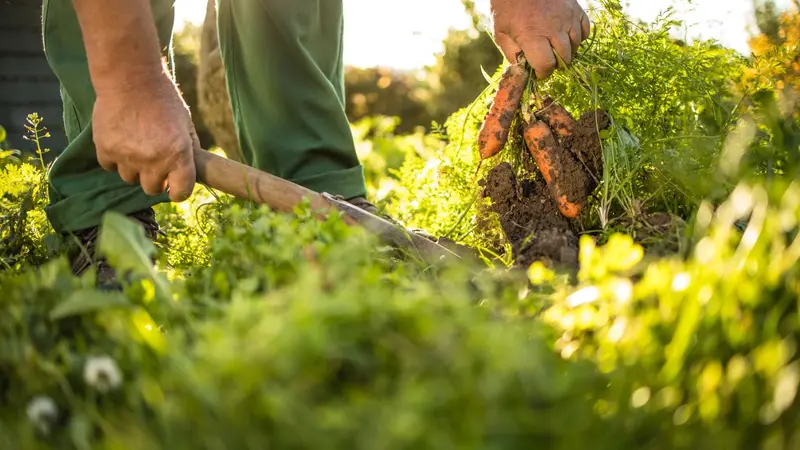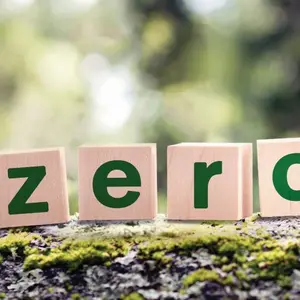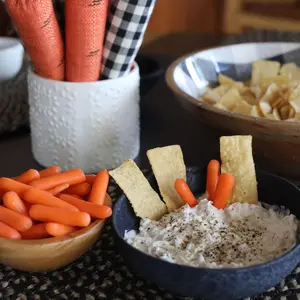
Green Living
Green Living
Fighting Climate Change in the Garden: Regenerative Techniques for a Healthy Ecosystem
Reversing global warming may feel like a problem that is out of reach, but anyone can make a difference by planting an ecologically supportive garden. Regenerative techniques employed in the backyard, a community garden or even an apartment patio can significantly improve local ecosystems. And because all living systems are interconnected, a healthier ecosystem boosts the well-being of all life forms, as well as the environment.
“Growing a garden is one of the most powerful things we can do as individuals to enact positive change and make a difference,” says Emily Murphy, the California author of Grow Now: How We Can Save Our Health, Communities, and Planet―One Garden at a Time. “If you’re looking for practical solutions to the climate crisis and the resulting loss of biodiversity, the answer is right out your door and in the earth beneath your feet. It’s possible to sequester enough carbon to offset your carbon footprint while supporting wildlife.”
According to Jessica Walliser, the Pennsylvania author of Plant Partners: Science-Based Companion Planting Strategies for the Vegetable Garden and co-founder of SavvyGardening.com, “Regenerative practices are simple, proactive steps that millions of gardeners should be adopting. They not only simplify your gardening practices and reduce time and budget in the long term, they are also the right thing to do in this modern age of human disturbance.”
Layer Soil
A key principle of regenerative gardening is to add layers to the soil instead of digging downward or tilling. “Layering up increases the water-holding capacity of the soil and the ability of the soil to sequester carbon,” Murphy explains.
“Addition of organic matter, such as compost, leaf mold or well-aged manure, helps build good soil structure and feeds beneficial soil microbes,” says Walliser, who recommends adding one to two inches per year to gardens.
Making compost onsite is valuable, but not always possible. In some cities, free compost is available through community compost hubs where residents drop off bins of yard and food waste. “Purchasing commercially produced compost may be a worthwhile investment, particularly when growers are just getting started and soil quality is poor,” suggests Bryan O’Hara, the Connecticut author of No-Till Intensive Vegetable Culture: Pesticide-Free Methods for Restoring Soil and Growing Nutrient-Rich, High-Yielding Crops.
Plant Perennials
Perennials come back every year and can provide food for people and wildlife. Many varieties of fruiting shrubs, trees, vegetables and nuts can form the backbone of a garden with annual plants interspersed throughout. Adding beauty to the mix, perennial flowers—some of which are edible—are essential food for bees, butterflies and birds.
“Choose plants with different flower shapes, sizes and colors, as well as plants with a diversity of bloom times,” Walliser advises. “Opt for plants native to your region, as they have co-evolved with native insects and may provide better resources for them."
Embrace Biodiversity
“When you’re fostering biodiversity, you’re supporting the mutualism that naturally exists in wildlife. You’re increasing and improving ecological relationships,” says Murphy. Instead of planting monoculture rows in a vegetable garden, mix up the plants the way Mother Nature does, Walliser recommends. And if abandoning tidy rows of the same type of plant seems too unruly, interplant the rows: a few beans, a tomato, flowers, then more beans and peppers, for example.
Another suggestion is to plant a variety of salad greens, carrots and radishes in a raised bed and interplant edible nasturtiums, chives and violets. “Interplanting makes it harder for pests to find their favorite host plant. It also makes it harder for diseases to spread from one plant to the next,” Walliser explains.
Avoid Chemicals
Skip the pesticides, herbicides and synthetic fertilizers. “Even organic pesticides can be harmful to pollinators and pest-eating beneficial insects like ladybugs, lacewings and others,” says Walliser. A chemical-free, biodiverse garden is a safe place for beneficial bugs. Trust that the good bugs will find the bad bugs and there will be balance.
A sun-kissed organic tomato from the garden will forever ruin us for grocery store produce. And when we sink our hands in healthy soil to retrieve a beet or plant seeds, we may feel a wave of positive energy because soil microbes have been found to work like natural antidepressants, making us happier and healthier.
“When we begin to understand the inner workings of our greater ecosystem through the ecosystems closest to home, such as our gardens and communities, we come to see that we each have the power to grow positive change beginning at home,” says Murphy.
Julie Peterson writes on health, wellness and environmental topics. Reach out at JuliePeterson2222@gmail.com.
Original article published at Natural Awakenings


 By
By






